December 2023:
As winter draped its gentle embrace over Dibba, we found ourselves enveloped in the comforting warmth of the Royal Beach Hotel, a serene haven overlooking the majestic Dibba Rock. A cherished weekend retreat, just an hour and a half's drive from Dubai, it never fails to offer rejuvenating escapes, complete with unparalleled snorkeling experiences.
Mornings in Dibba always have been one of my favorite time. As the winter sun leisurely ascended above the horizon, we savored tranquil moments on the beach, cradling steaming cups of coffee in our hands. Before the bustling rush of the day commenced and the pristine waters became dotted with tourists, a mesmerizing spectacle unfolded before us. Dozens of turtles gracefully indulged in their morning feast upon the algae-covered beds, their rhythmic emergence at the surface akin to an enchanting ballet.
Dibba rock
Yet, the true enchantment lay a mere 10 minutes away, a leisurely paddle from the hotel's shore. Dibba Rock, its rugged silhouette rising majestically from the azure expanse, proved to be not only a geological marvel but also a rendezvous point for an extraordinary congregation of blacktip reef sharks. With paddles in hand, we ventured forth, anticipation palpable in the crisp morning air. As we drew closer, the aquatic realm beneath us unfurled like a vibrant tapestry, adorned with corals carpeting the rocky seabed, providing sanctuary and sustenance for a myriad of marine life.
It was in the shallows, near the rock's shore, that we first glimpsed them: six to eight blacktip reef sharks, gliding like phantoms beneath the shimmering surface. Their sinuous forms sliced through the water with a grace that belied their predatory prowess. Bathed in the soft morning light, their ebony-tipped fins shimmered with a silvery iridescence as they executed a fluid choreography.
The blacktip reef shark (Carcharhinus melanopterus) is a slender marine creature commonly found in warm, shallow waters near coral reefs. It typically grows to lengths of about 1.5 to 1.8 meters. Sporting a grayish-brown hue on its body with a white underside, its defining feature is the presence of black-tipped fins, from which it derives its name. Interestingly, the arrangement of these black markings is distinct for each individual, akin to a fingerprint in the underwater realm. This distinct pattern on the fins of blacktip reef sharks serves as a valuable tool for scientists in tracking and studying these elusive predators. By cataloging and analyzing these unique markings, researchers can identify and monitor individual sharks over time, gaining insights into their movements, behaviors, and population dynamics. This method of identification aids conservation efforts by providing essential data for understanding the habitat preferences, migratory patterns, and overall health of blacktip reef shark populations.
Blacktip reef sharks exhibit a complex social structure, as evidenced by their aggregation patterns observed in specific areas. These aggregations are likely driven by foraging and behavioral strategies, fostering diverse spatial organizations within the population. While reef-associated shark species, including blacktip reef sharks, demonstrate strong site fidelity, indicating a potential for sociality, there remains limited empirical evidence supporting intrinsic social factors as the primary drivers of these aggregations [1].
Blacktip reef sharks exhibit a complex social structure, as evidenced by their aggregation patterns observed in specific areas. These aggregations are likely driven by foraging and behavioral strategies, fostering diverse spatial organizations within the population. While reef-associated shark species, including blacktip reef sharks, demonstrate strong site fidelity, indicating a potential for sociality, there remains limited empirical evidence supporting intrinsic social factors as the primary drivers of these aggregations [1].
It is likely that the individuals we saw several days in a row are part of the same group, but more evidence is still required to confirm this hypothesis.
How, where and when to photography the black reef tip shark in the UAE:
While these sharks are generally shy and non-aggressive towards humans, they are wild animals and should be treated with caution and respect. There has been reported attackes on humans in the past. Provoking or harassing them can lead to defensive behaviors, increasing the risk of injury. Additionally, accidental encounters can occur, especially in murky or low-visibility waters. Blacktip reef sharks have accounted for 14 non-fatal unprovoked attacks and zero fatal attacks on humans, according to the International Shark Attack Files, Florida Museum of Natural History, between 1876 and 2023.
I've had the pleasure of encountering blacktip reef sharks while snorkeling in various locations across the UAE, but my absolute favorites are Dibba Rock and Snoopy Island.
Black tip reef sharks seem to favor the shallow waters around the rocks, particularly in the morning during high tide. I've observed them gracefully circling in waters no deeper than 60cm.
To capture photos, our best approach was to anchor ourselves to a rock and patiently wait for the curious sharks to venture close enough for a clear shot. Any sudden movements or attempts to swim towards them would often startle them away. Additionally, the water around Dibba can sometimes be murky due to particles and plankton, which can limit visibility. In such conditions, it's essential to allow the sharks to approach quite closely to ensure a nice, clear photo opportunity.
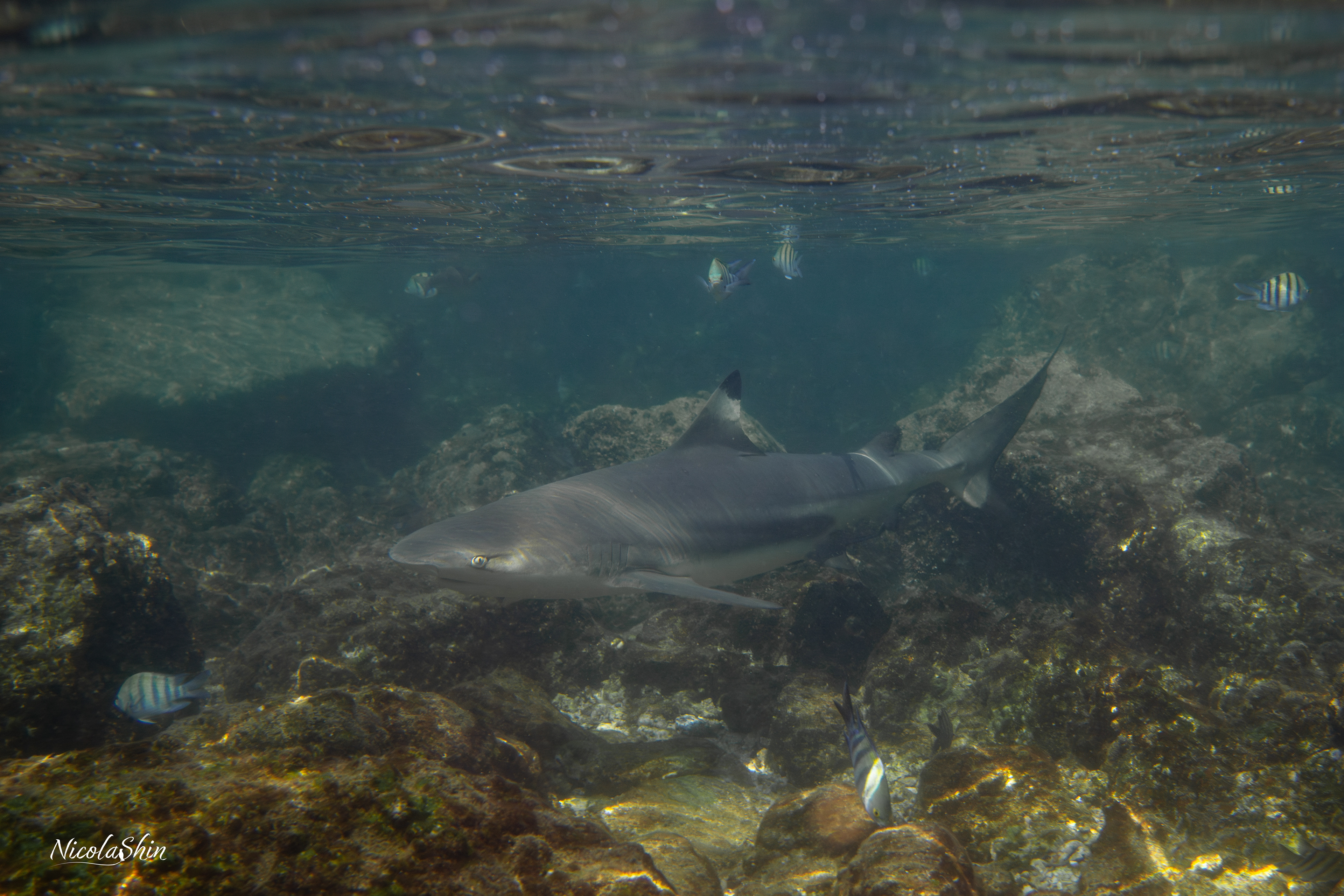
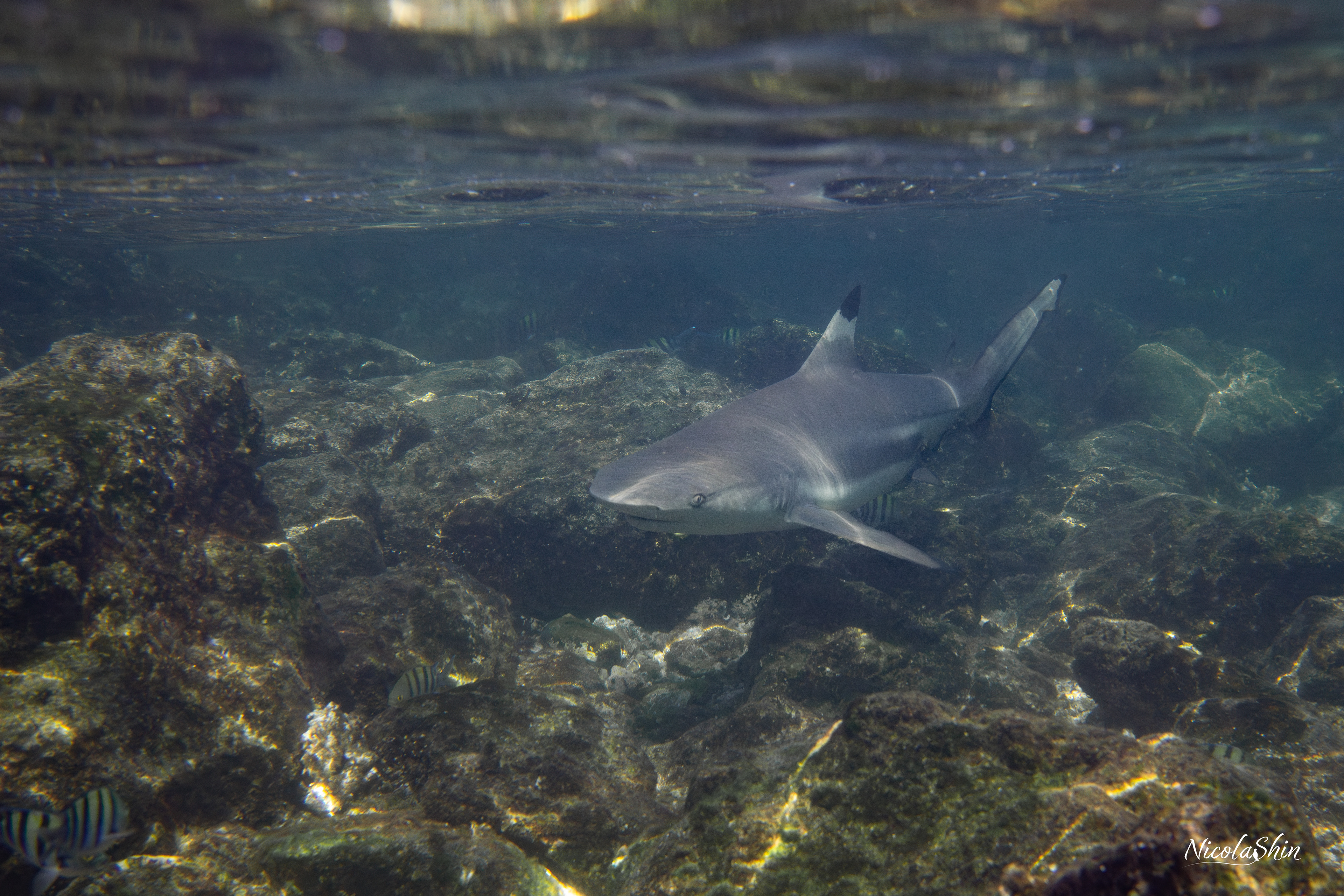
Dibba is not only renowned for its blacktip reef sharks but also serves as a prime location to spot a diverse array of marine life. From graceful turtles gliding through the waters to elegant rays gracefully dancing beneath the waves, and a vibrant tapestry of colorful fish darting among the coral reefs, Dibba offers a captivating underwater spectacle for snorkelers and divers alike. With its rich biodiversity and thriving ecosystem, every underwater excursion in Dibba promises the possibility of encountering these fascinating creatures in their natural habitat.
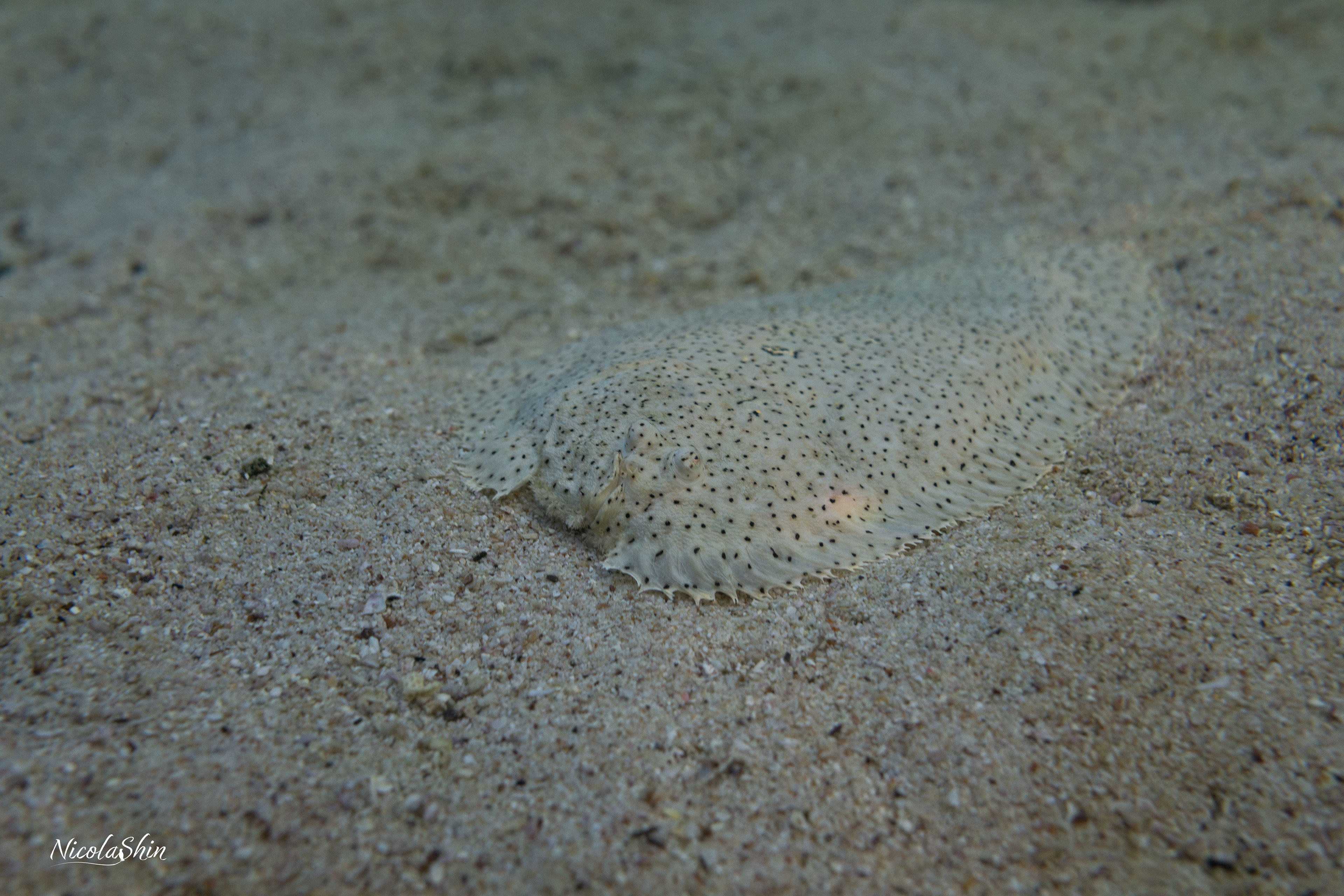
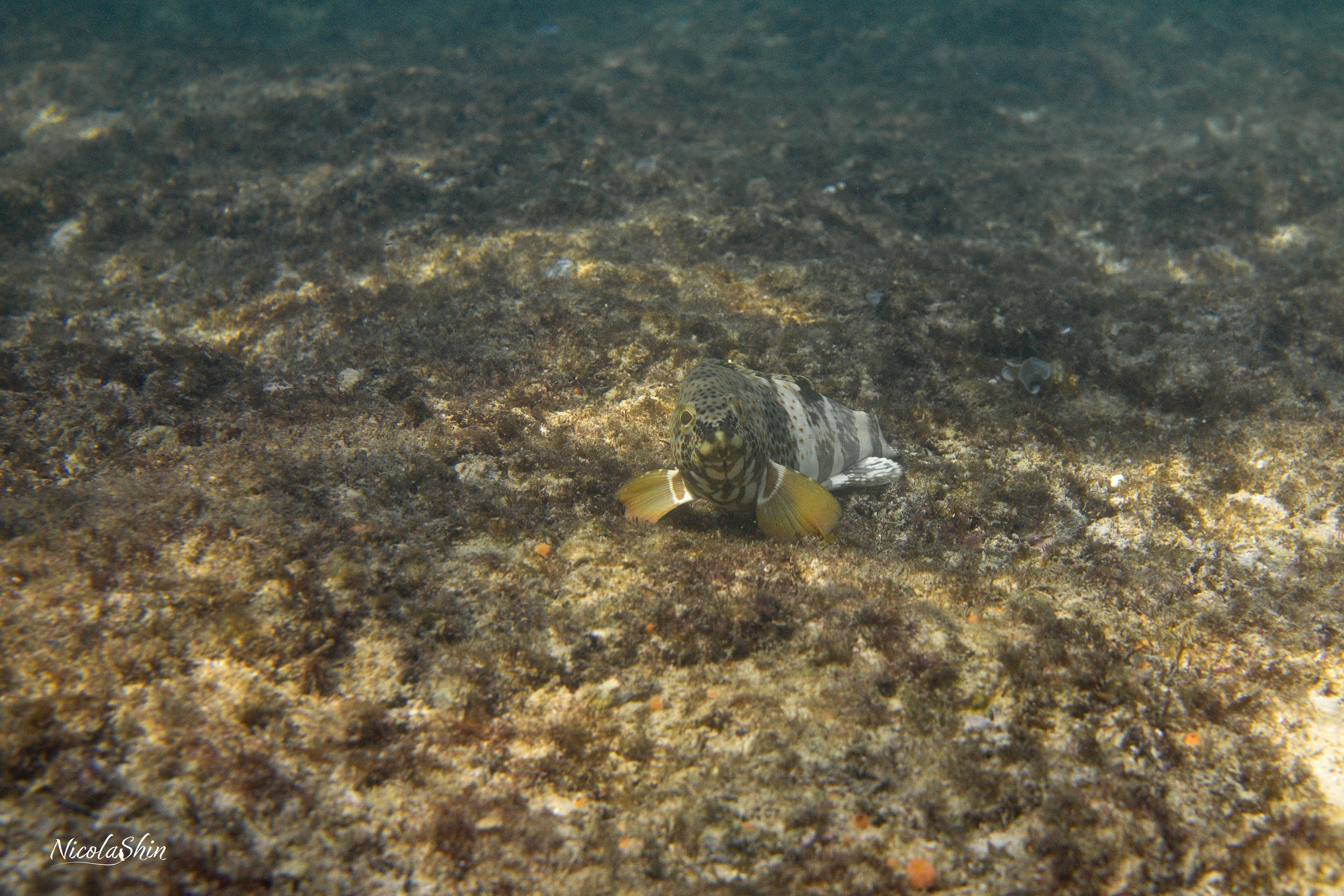
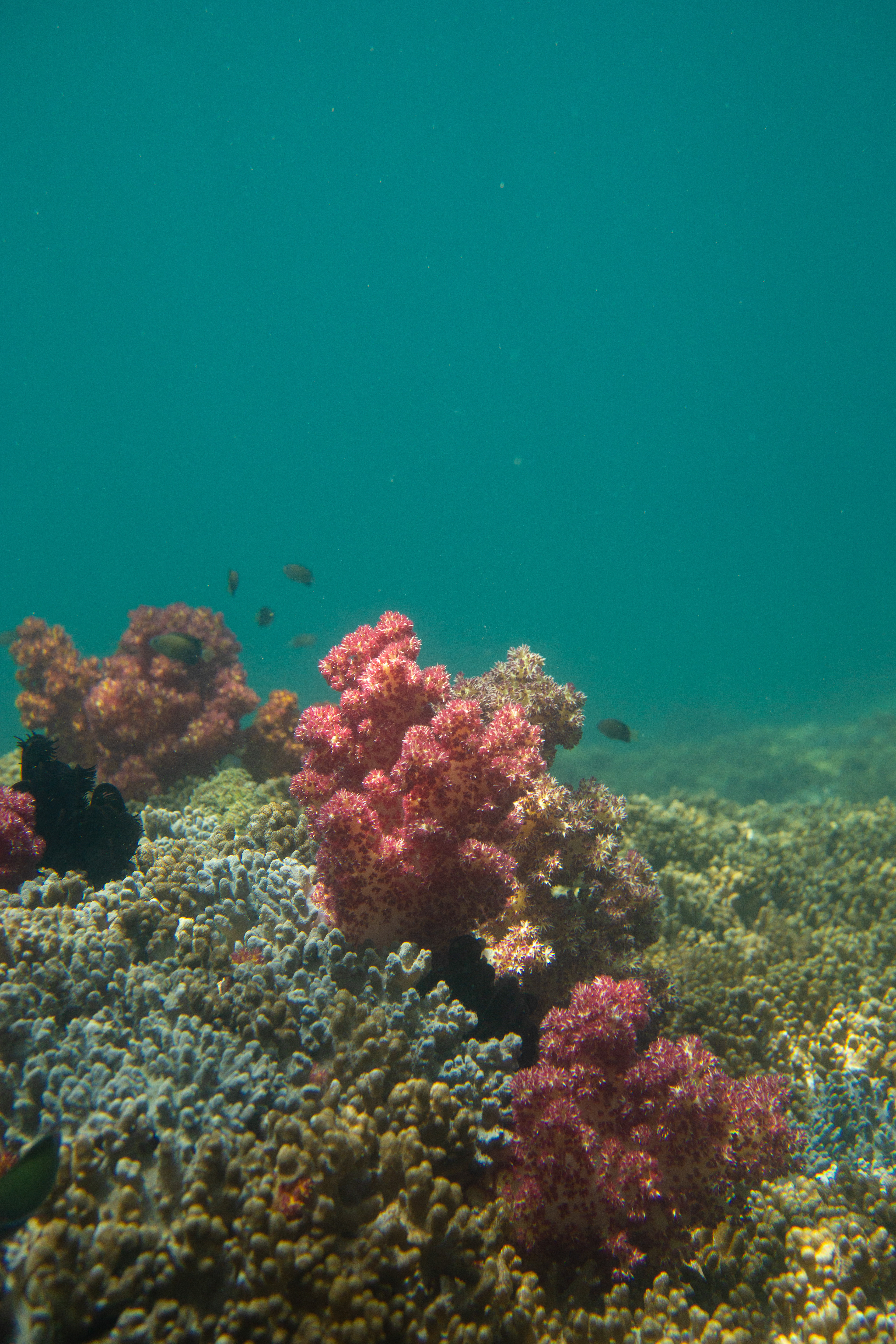

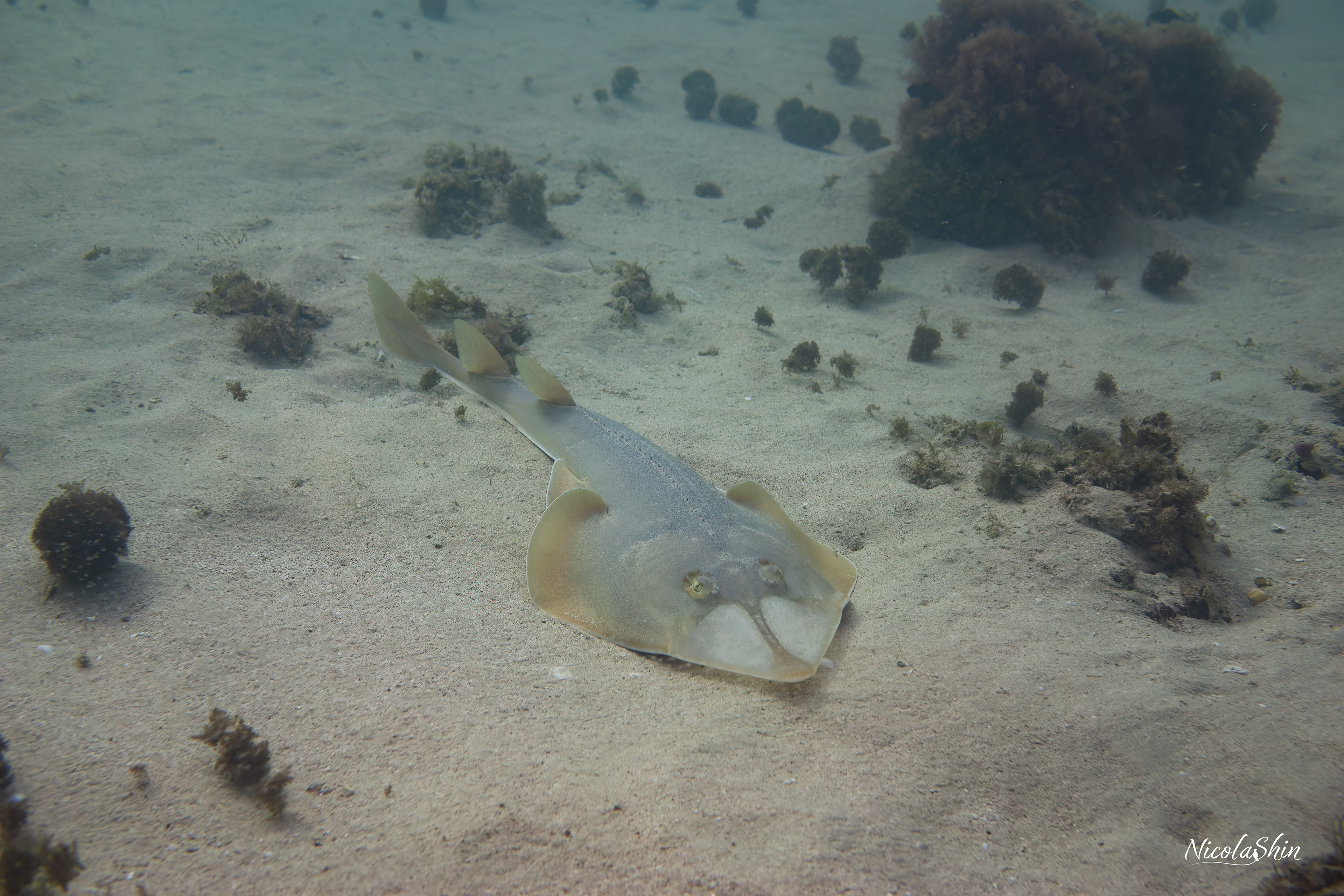
Guitarfish
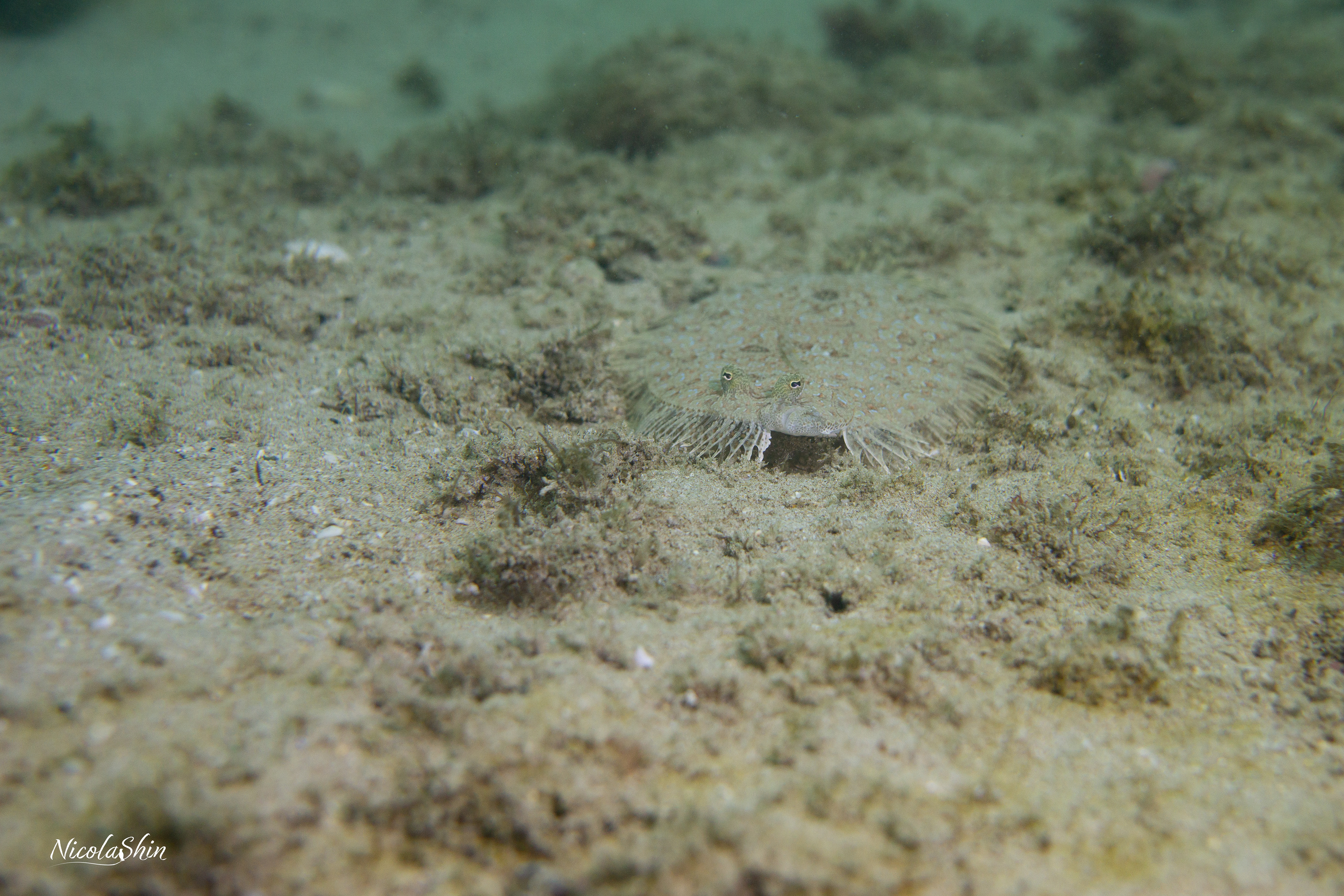
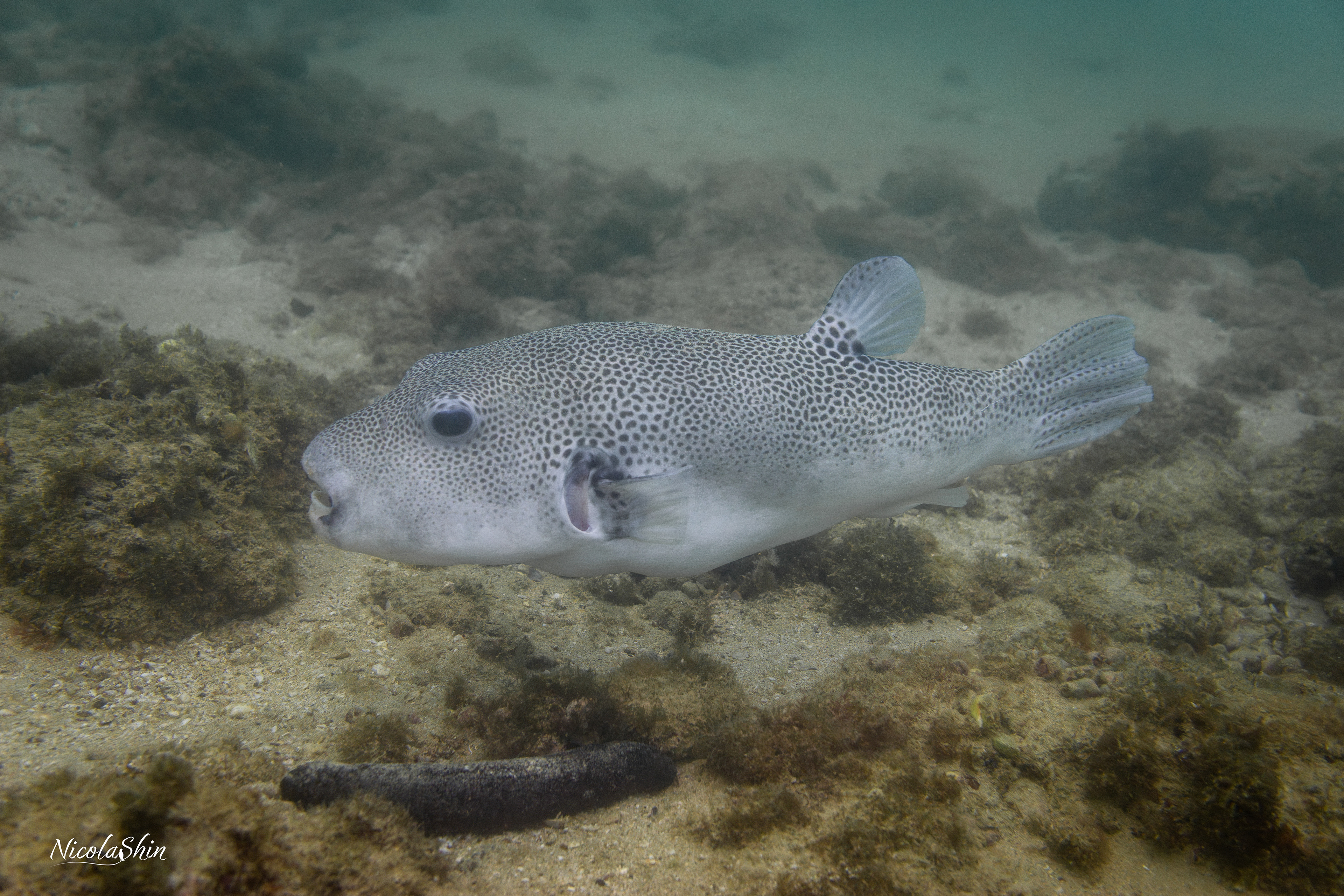
Pufferfish

Pufferfish
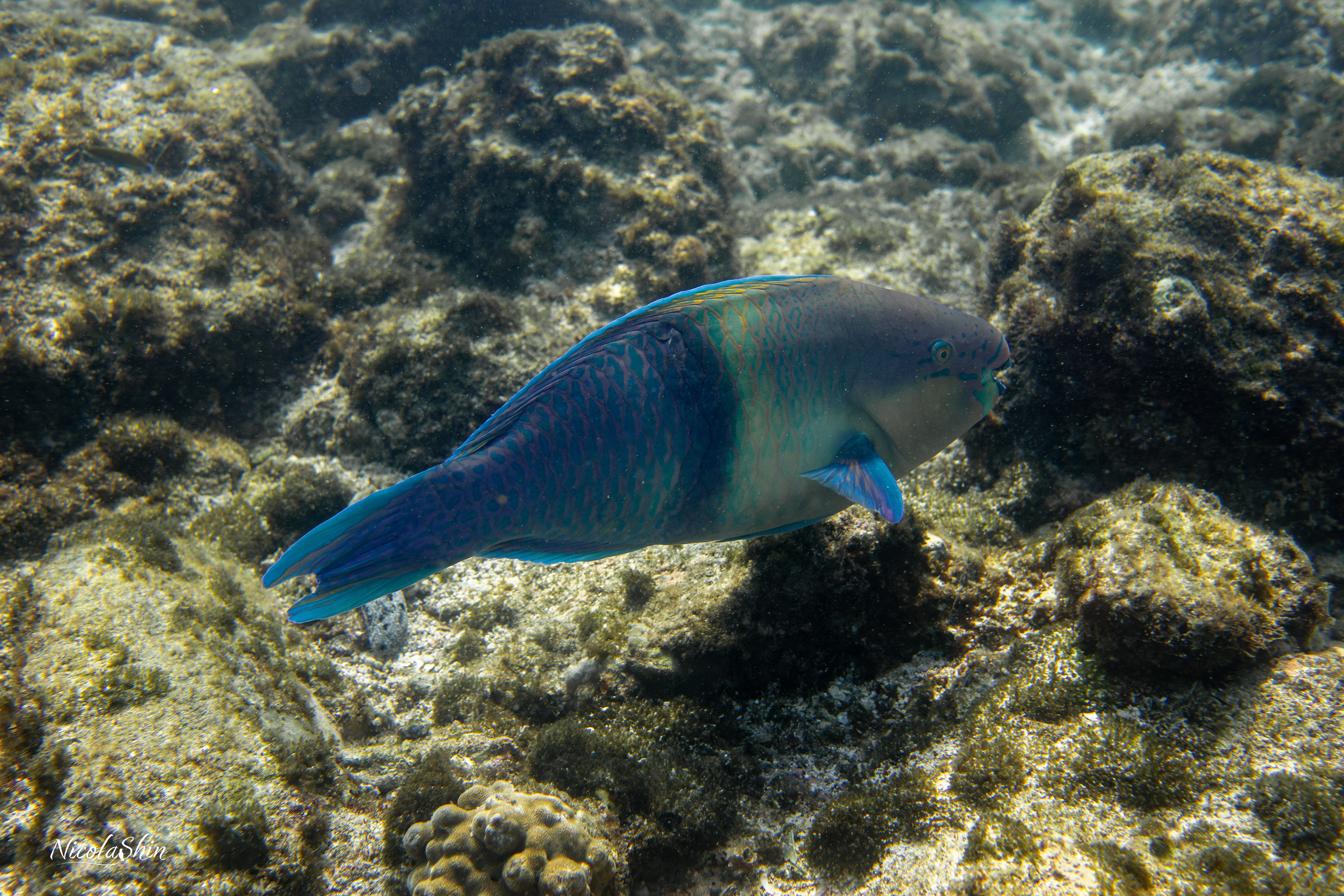
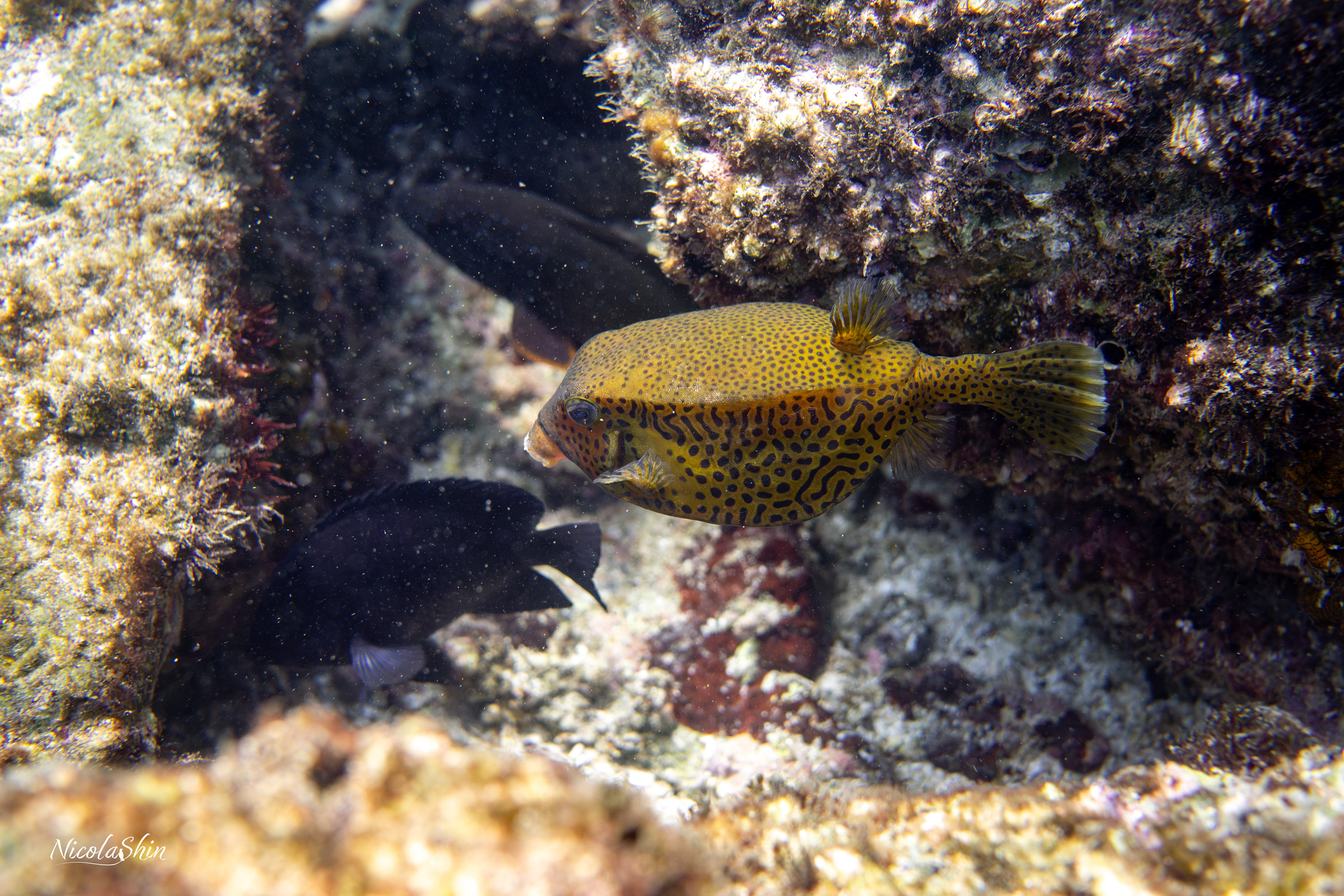
Pufferfish
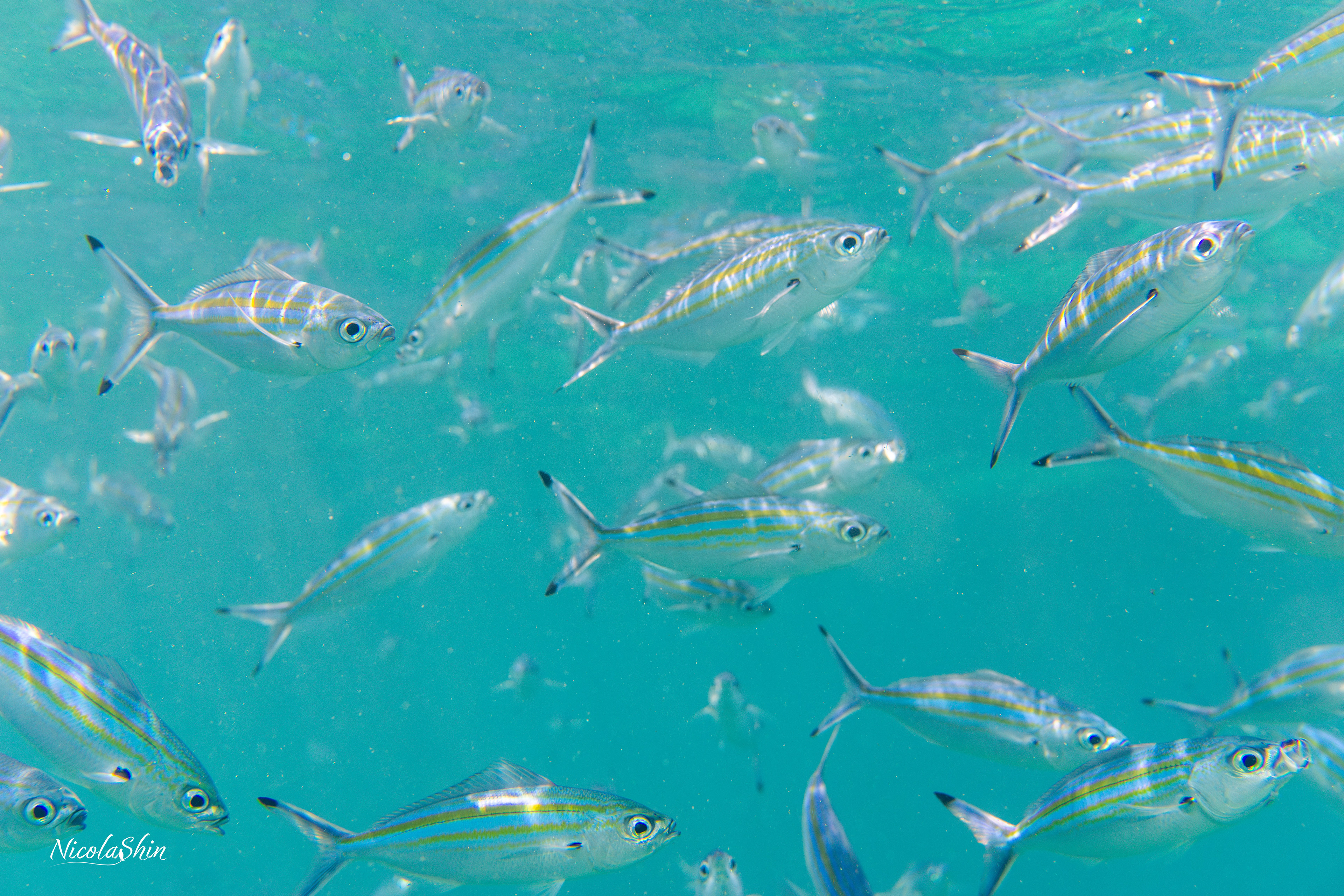
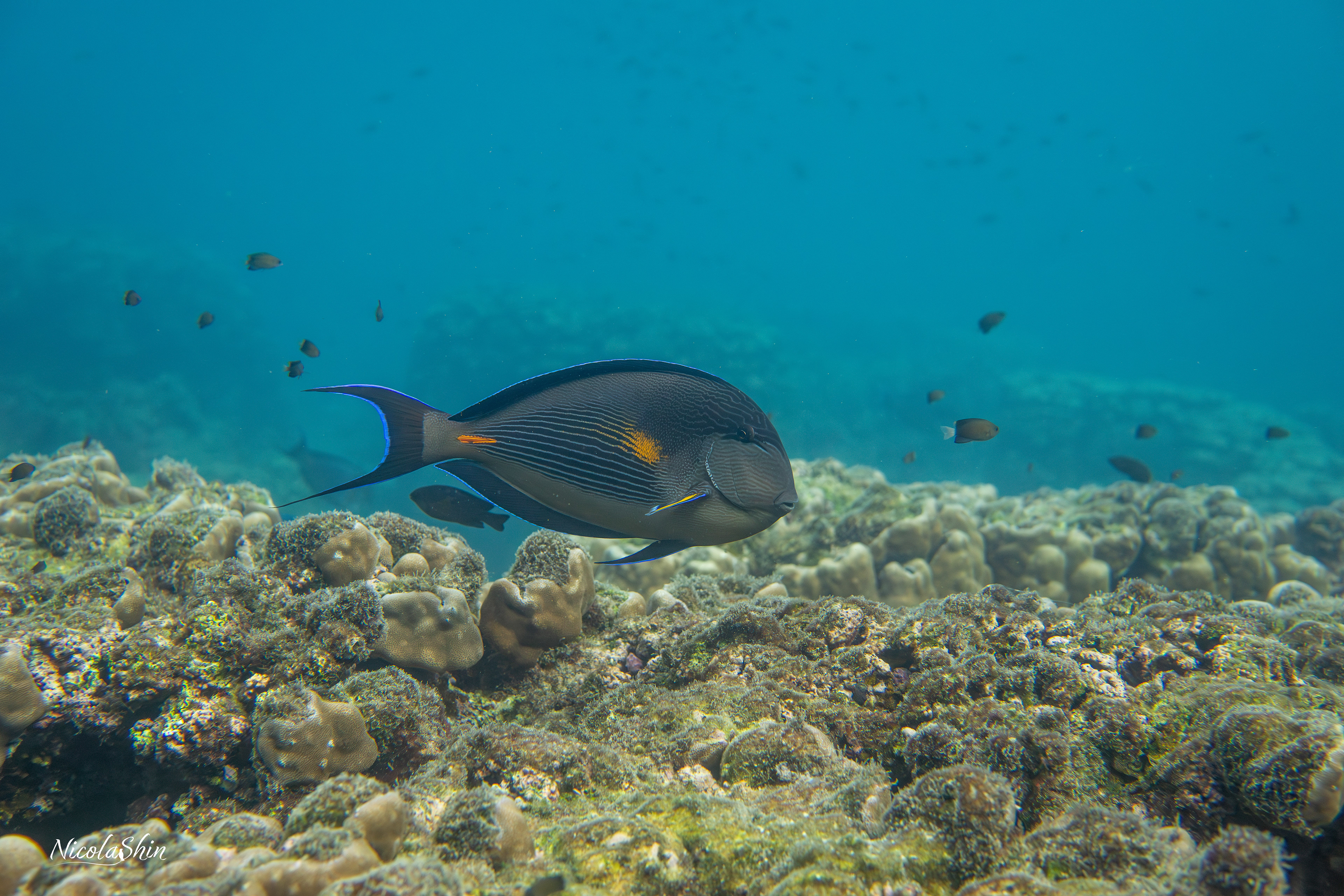
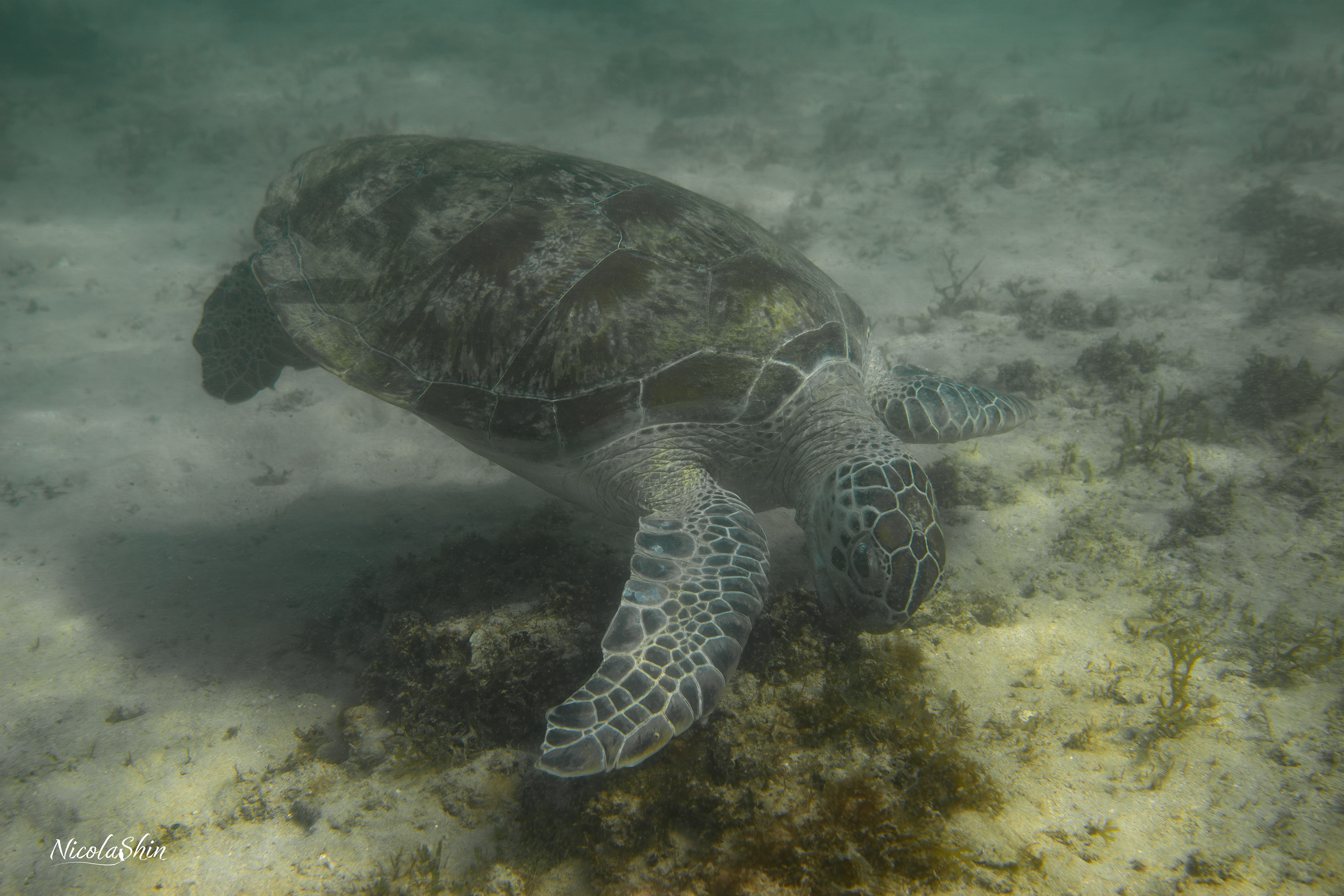
Green turtle
Source:
[1] Mourier, Johann & Vercelloni, Julie & Planes, Serge. (2012). Evidence of social communities in a spatially structured network of a free-ranging shark species. Animal Behaviour. 83. 389–401. 10.1016/j.anbehav.2011.11.008.
[1] Mourier, Johann & Vercelloni, Julie & Planes, Serge. (2012). Evidence of social communities in a spatially structured network of a free-ranging shark species. Animal Behaviour. 83. 389–401. 10.1016/j.anbehav.2011.11.008.
